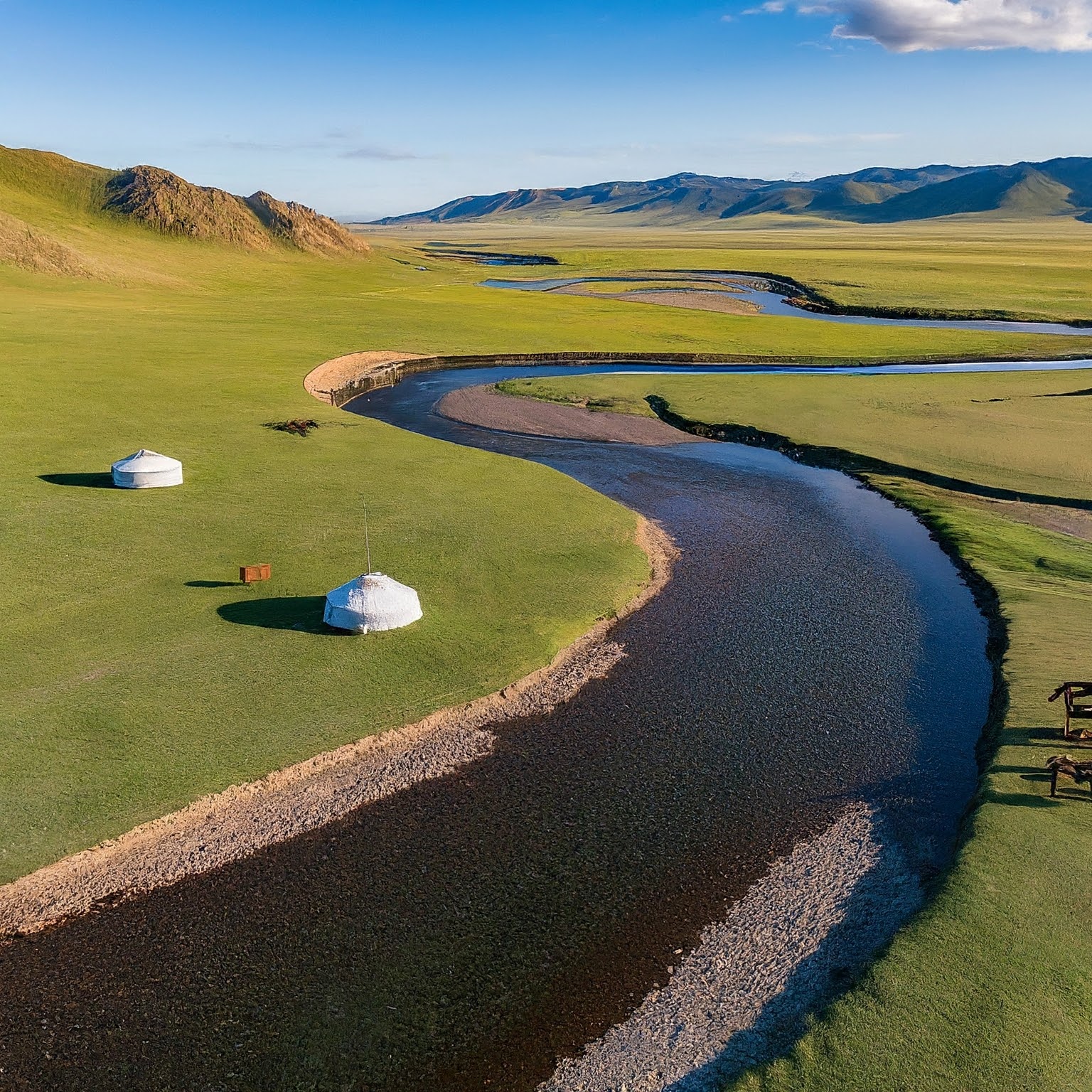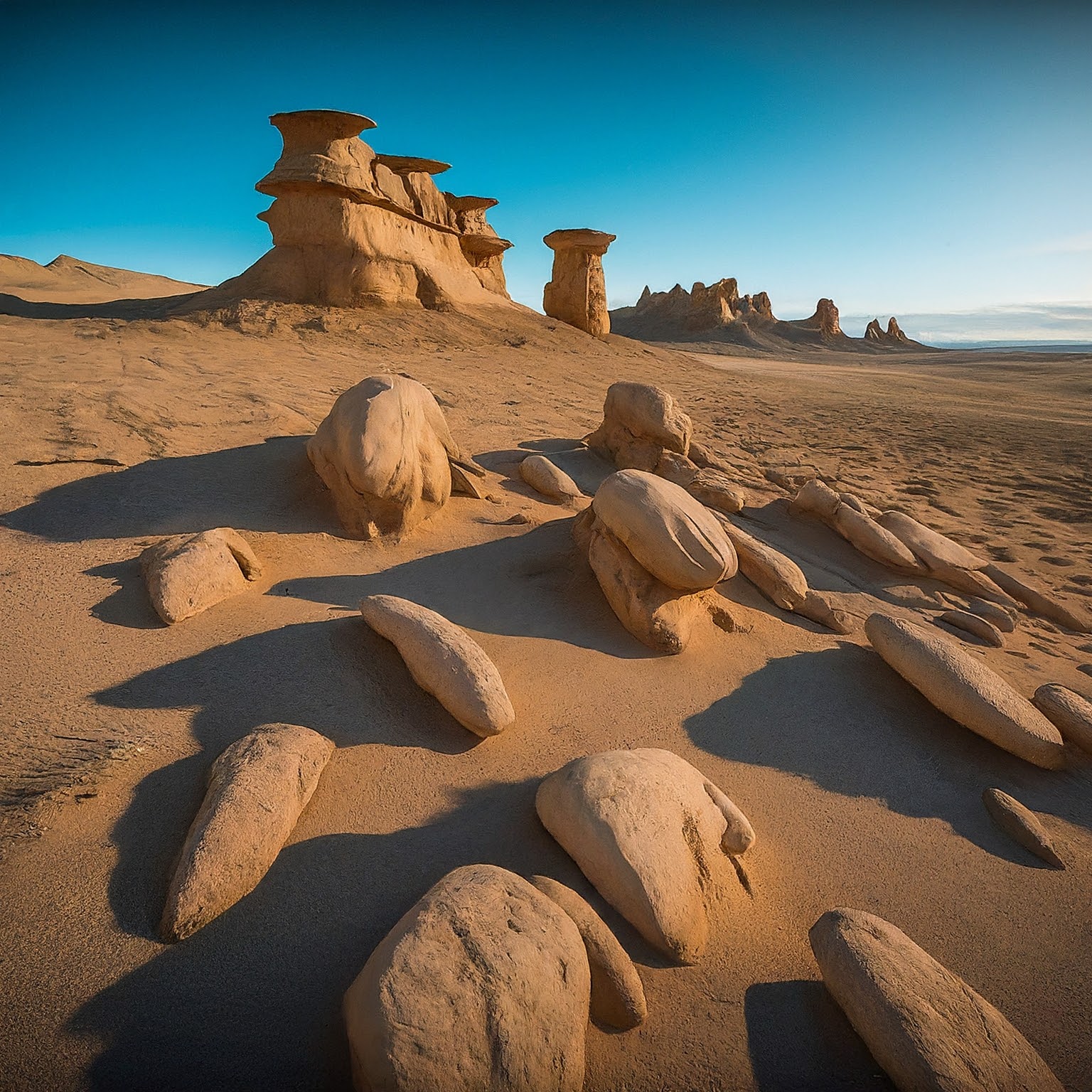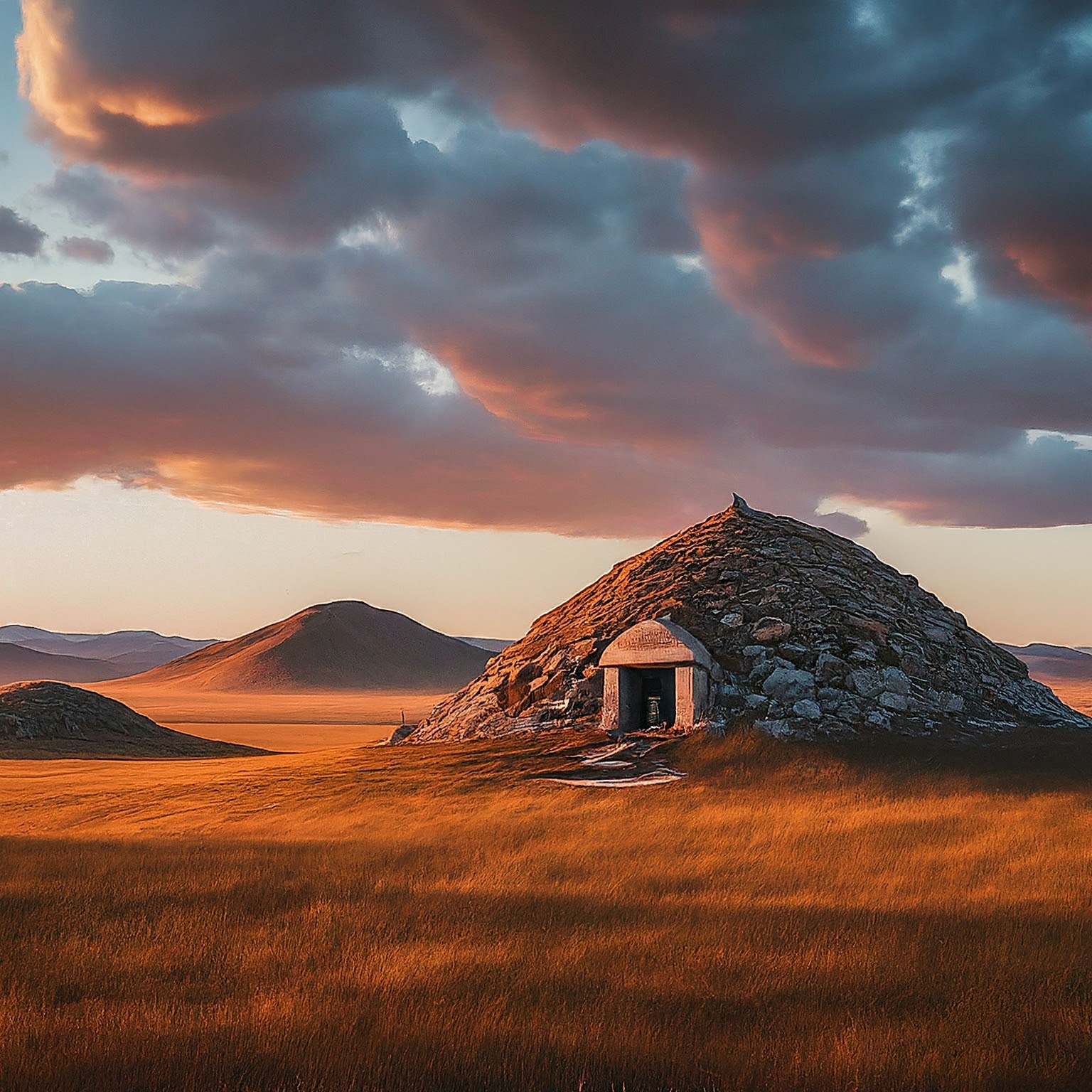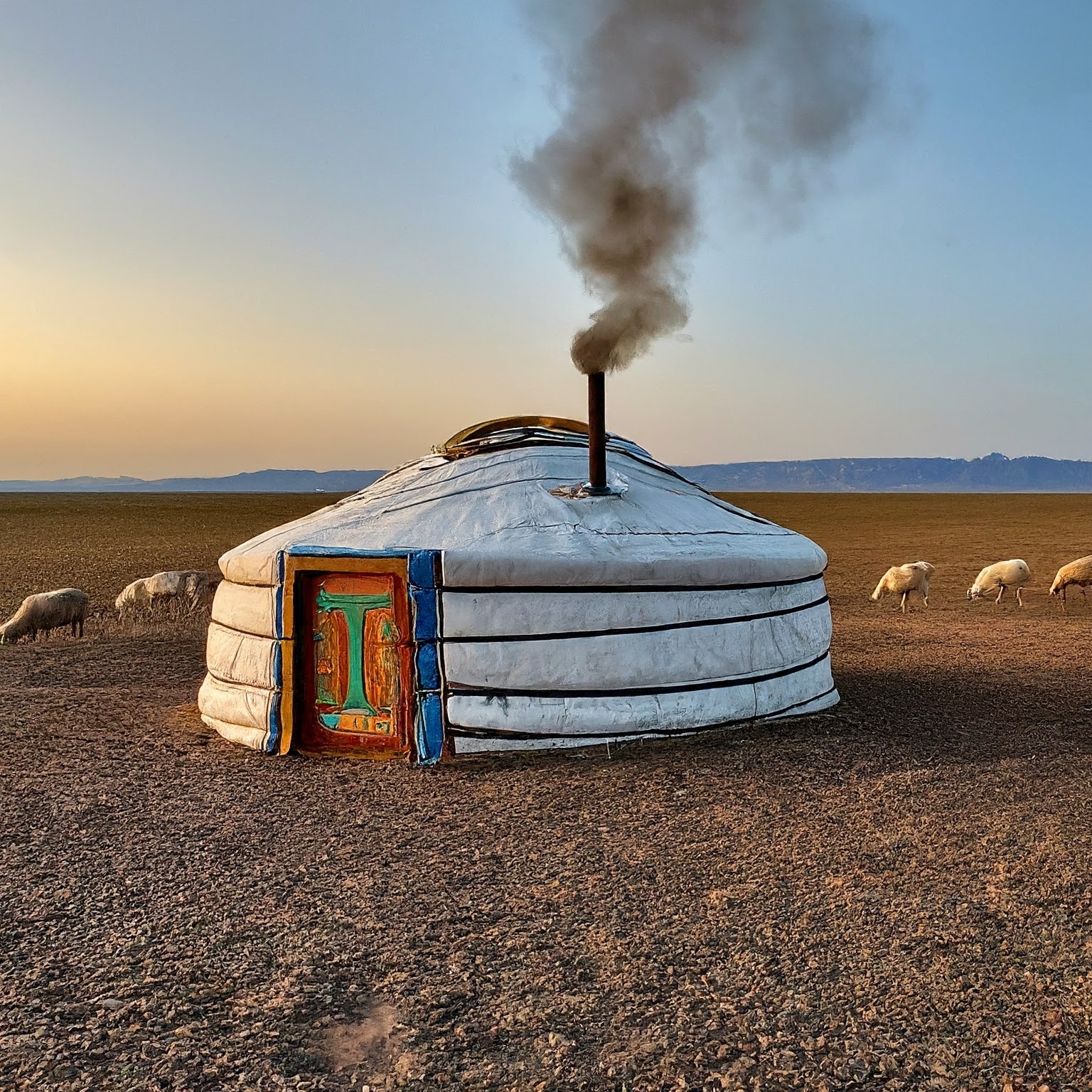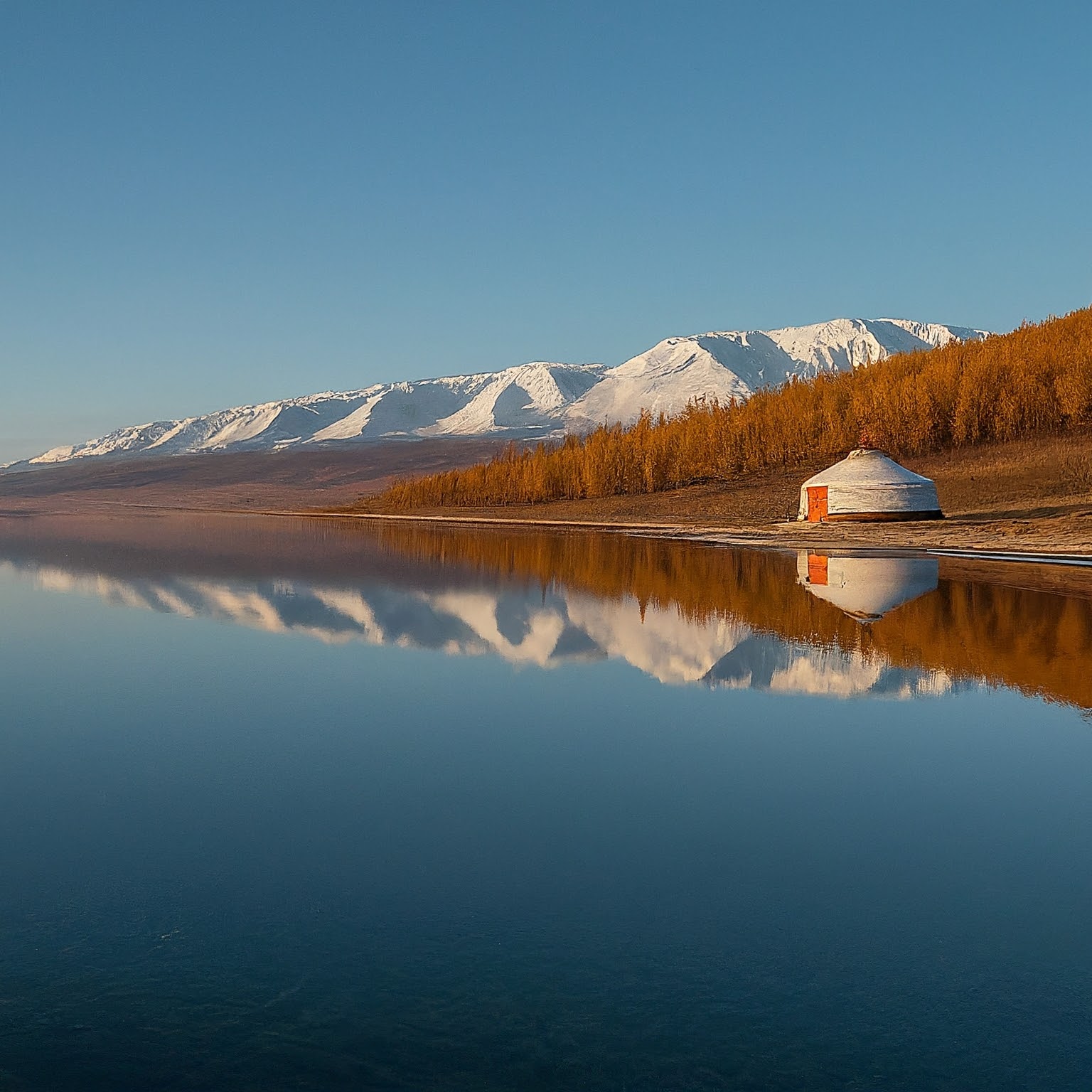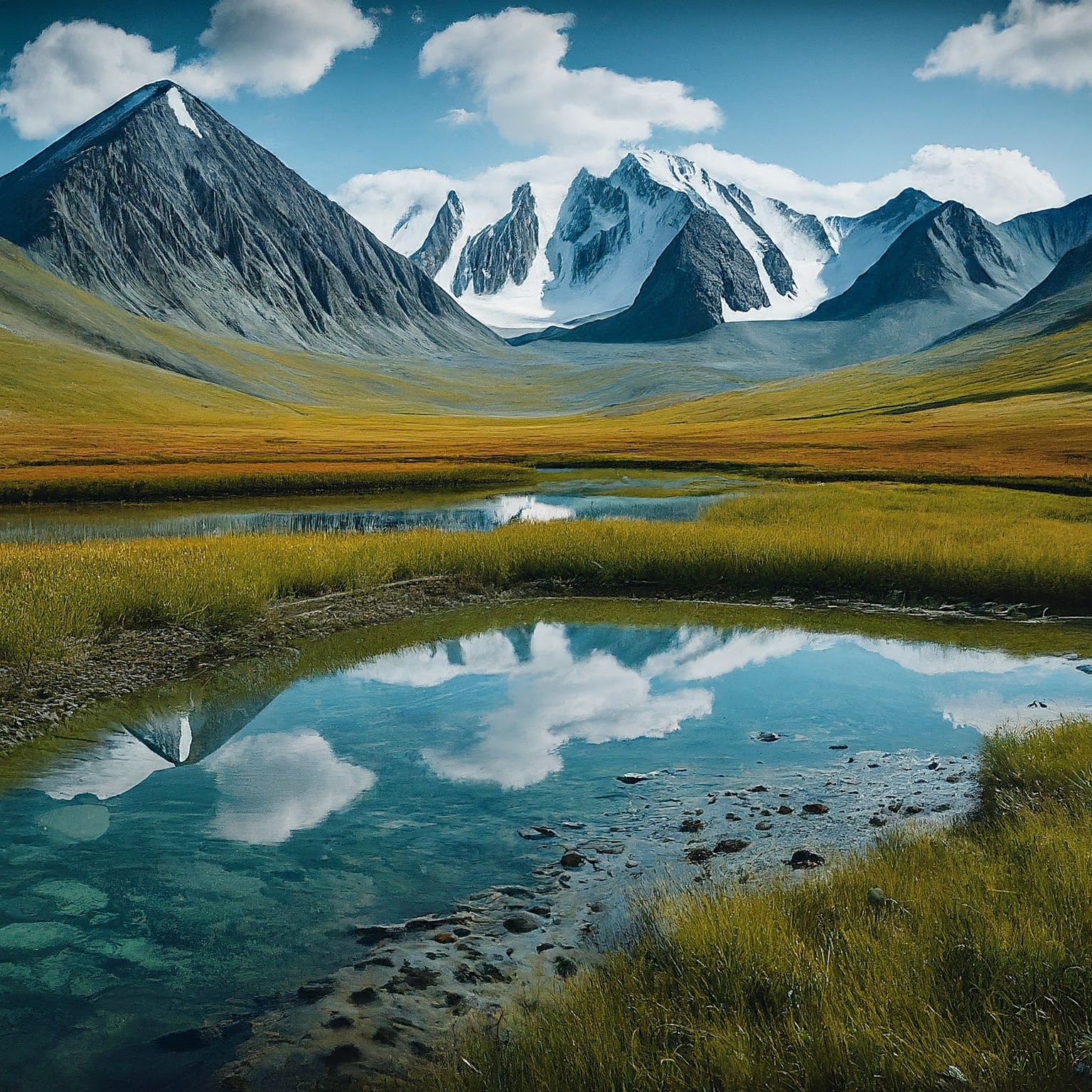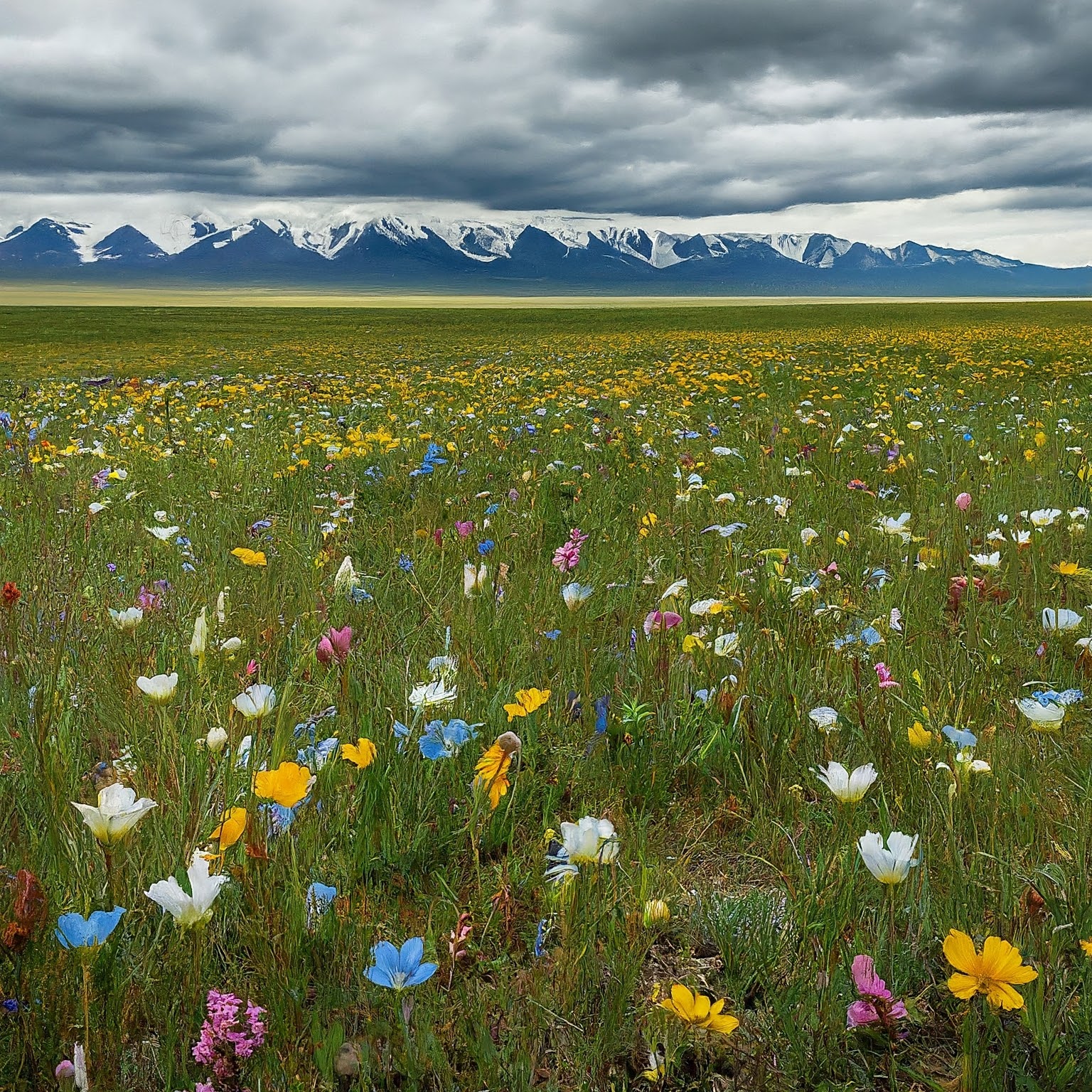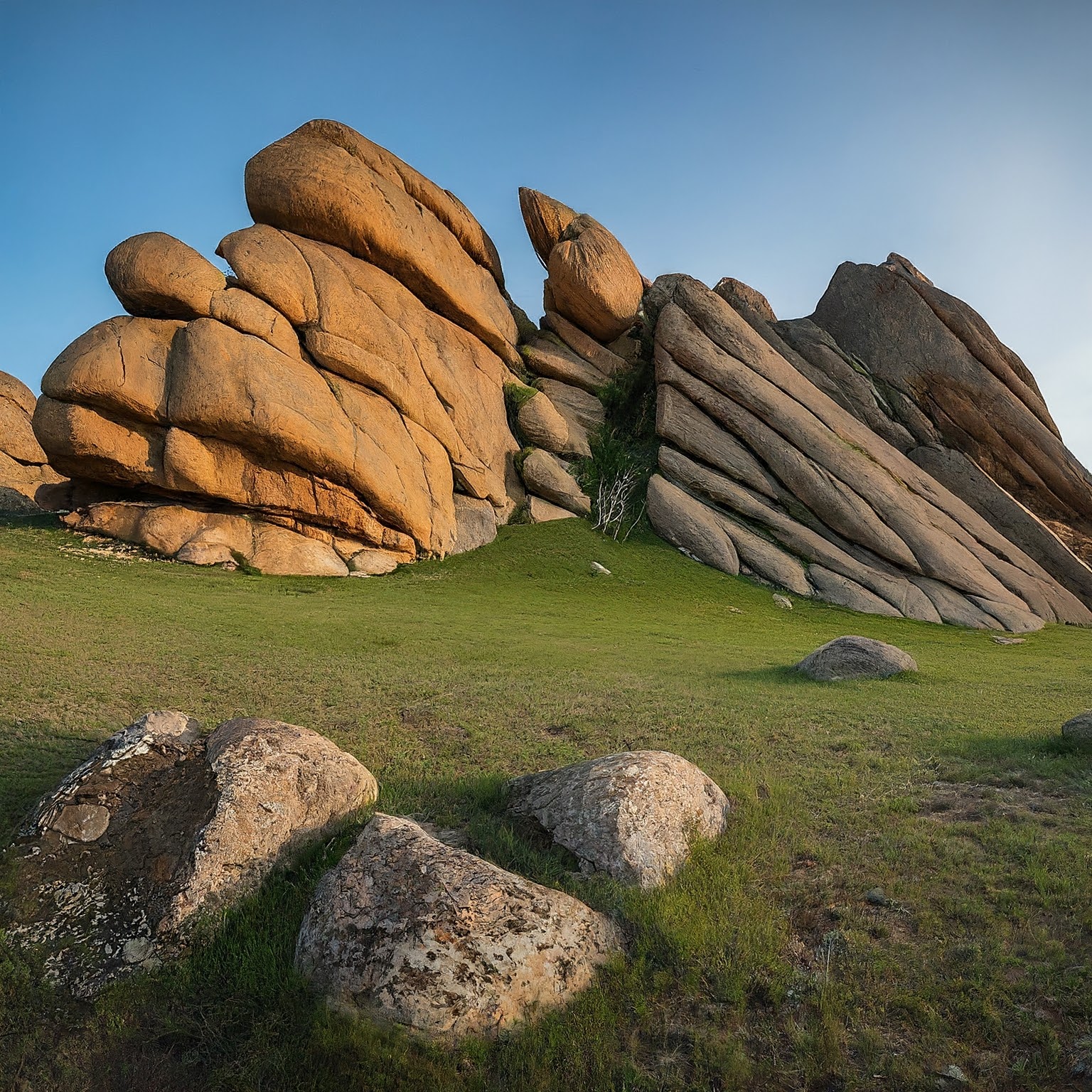1. Ulaanbaatar, Mongolia
The capital, Ulaanbaatar, is more than a city. It is a fusion of tradition and modernity in the strictest sense, and though travelers do not usually come to Mongolia to experience its urban culture, they typically experience both that and a strong nomadic influence here. Glimpses of the country’s ancient and recent history can be viewed through day trips to the remnant monasteries, Soviet-style apartments and public buildings, modern glassy skyscrapers and the ger districts along with sites like the National Museum, Natural History Museum, Government House, and Zaisan Hill to name just few. A place like Narantuul Market, a covered market with stalls selling traditional Mongolian lifestyle needs, is one that no other city can offer.
2. The Orkhon Valley
The seat of many ancient states established on the territory of Mongolia, the Orkhon Valley Complex was recognized by UNESCO World Heritage as a cultural landscape in 2004. Old Turkish Orkhon inscriptions from the 8th century, the ancient 8-9th century Uighur capital of Khar Balgas, Tuvkhun Monastery established by the great Mongolian sculptor and politician Zanabazar in 1648, and the present Erdene Zuu Monastery are some of the highlights of a visit.
3. Bayanzag (The Flaming Cliffs)
This gorgeous site should be on every explorer’s Mongolian bucket list! American paleontologist and then-head of the American Museum of Natural History (NYC), Roy Chapman Andrews, discovered the first nest of dinosaur eggs here and alerted the world on his return home. He named the site the Flaming Cliffs (Mongolian: Ulalzah Tsonj) for their fiery orange-red glow at sunset.
4. Tsagaan Suvarga (White Stupa)
Located in Dundgovi Province, Tsagaan Suvarga – or the White Stupa – boasts towering buttress-like structures with clear exposures of limestone bedrock from ancient sea beds. These are definitely worth the bucket list visit, especially for the eyes of a geologist.
5. Uvur Hoshoot
Also known as the Uushgiin Deer Stones and one of the key features of our journey Archaeological Treasures of Mongolia, this is an entire complex of 14 stones dating back to the Bronze and Iron ages on the way from Lake Hovsgol (Huvsgul) to Murun, Huvsgul Province’s capital. These megaliths are carved with ancient symbols and animals, mainly reindeer (from which they received their name).
6. Lake Hovsgol (Huvsgul)
Also called the Mother Ocean or Blue Pearl among Mongolians, this freshwater lake contains as much as 1-2% of the world’s fresh water, and is considered the younger sister of the two Sister Lakes (Lake Baikal and Lake Hovsgol).
7. Altai Tavan Bogd
Harboring the highest peak Huiten in Bayan-Ulgii Province, the westernmost part of Mongolia, the Altai Mountain Range stretches southeast, terminating in Umnugovi Province. Golden eagle hunters, Mongolia’s second largest ethnic group (Kazakhs) reside in Bayan-Ulgii Province, and are the focus of our Golden Eagle Festival journey.
8. Khorgo Terkhiin Tsagaan Nuur National Park
Located in what is known as the ‘Switzerland’ of Mongolia, Arkhangai Province, this national park hosts extinct volcanic craters, numerous karst (landscape with limestone underneath which has been eroded and produces ridges, towers, fissures, sinkholes and other characteristics) formations with speleothem (stalactite or stalagmite) formations, along with a magnificent lake. It is of the awesome national park in Mongolia.
9. Gorkhi-Terelj National Park
If time is an issue for you, Terelj National Park—located 70 km away from Ulaanbaatar—is a good choice. Terelj (Rhododendron) provides you with spectacular views of rock formations, many of which are famed for their animate shapes.
10. Hustain Nuruu National Park
Home to the wild Przewalski (Mongolian takhi) horses that can be spotted easily, this park is rich in biodiversity with endemic flora and fauna. It is one the best places in Mongolia.


